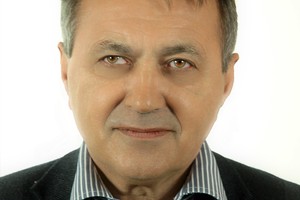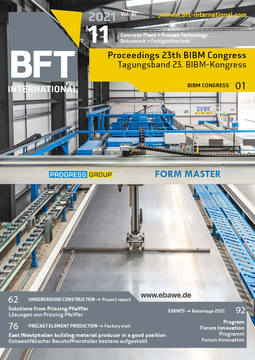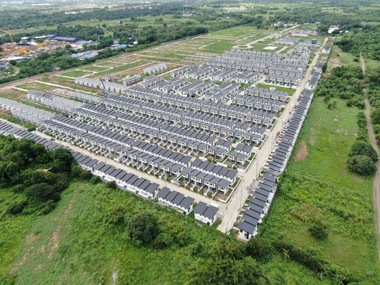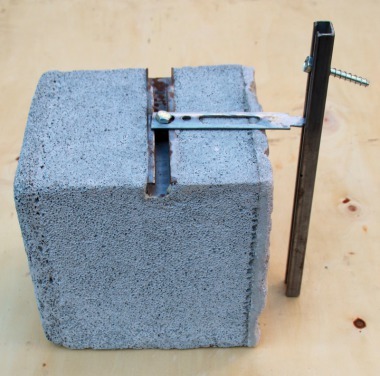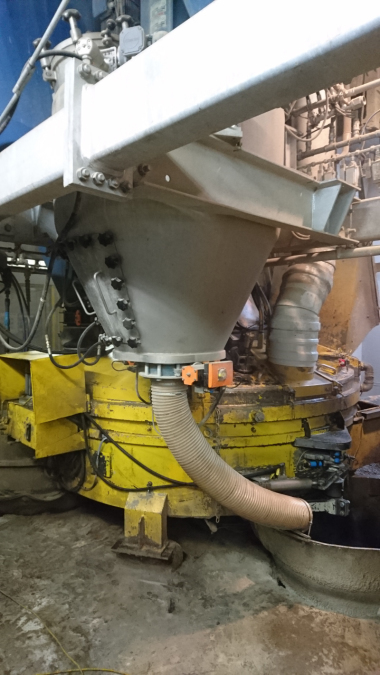Connecting systems for light weight concrete walls
Precontech lightweight concrete technology
Precontech has developed the 6-pillar alliance to combine all components that are required for the production of lightweight concrete elements with suspension concrete technology.
1. Anchoring technology for lightweight concrete from
PreConTech
The key technology for anchoring technology from PreConTech to end the unregulated state for applications in lightweight concrete (ETA approvals for anchor channels and sandwich connectors).
2. Lightweight concrete mixing technology (PerlCon) from
MultiCon
The lightweight concrete mixing technique without sand + gravel with reduced cement consumption and a different mixing sequence using carbon-based additives to prevent shrinkage and cracking. High compressive strength and early strength.
3. Manufacturer of perlite expansion systems (Europerl,
Baginski, Bubcon)
Global manufacturers of expansion systems to expand perlite up to 20 times its volume. With small changes (changing the gearbox and installing a vortex), existing mixers can be retrofitted at low cost.
4. Raw material
Suppliers for raw perlite from Hungary and Turkey. This column can also be covered by the long-term connections of the manufacturers of expanding systems.
In Germany there are some producers who have expansion systems for perlite in order to expand perlite raw materials for other building materials (plaster, fillings, etc.). These manufacturers can make small quantities of perlite available to interested concrete plants for the production of perlite lightweight concrete.
5. High-speed mixers from Eirich, Kniele, CoNele
High-speed mixers from Eirich, as well as alternatives from Kniele and CoNele China have proven to be the most suitable in several tests.
With small changes (changing the gearbox and installing a swirler), existing mixers can be converted at low cost.
6. Progress as the world‘s largest manufacturer of production
circulation systems
Circulation system / battery formwork (Progress Green Code).
Perspective
Contracts for this technology to reduce cement have been concluded with the largest precast manufacturer Megawide in the Philippines and the largest European precast manufacturer Oberndorfer.
Tests are currently being made to use this technology with fiber instead of reinforcement. This can also be used for modules in new residential and hotel buildings with flowable lightweight concrete with a bulk density of 1400 kg/m³.
A large building contractor in southern Germany, with a patented lightweight concrete hybrid system and structural profiles made of bent sheet metal, will also use this technology. All built-inanchoringparts are connected to the supporting structure. The bulk density is less than 800 kg/m³.
The production of aerated concrete without the use of energy-intensive autoclaves is another application with great potential.
Another innovative application for lightweight concrete is a fastening technology for wall/panel connections in earthquake areas. Stones as infills in the skeleton construction, with a circumferential joint module with a low bulk density, form an intended breaking point.
Summary
The MultiCon suspension concrete technology can be integrated into existing concrete mixing plants through simple technological changes. This application adjustment has a large ecological and economic effects in concrete production, especially in existing precast factories.
The suspension mixing process ensures the production of sustainable concrete qualities, even when using cement with a low level of clinker. This also enables the direct use of substitutes with high mixing proportions (limestone powder, fly ash, blast furnace slag, etc.) in the manufacturing process. The suspension technology enables carbon dioxide emissions to be reduced by up to 30% in global concrete production.
The suspension concrete technology ensures the use of materials that have not been used or have only been used to a limited extent (perlite, fine sand and desert sand).
Additional savings are achieved through lower power consumption in the mixing process.
Compared to conventional concrete production, the production of concrete with this suspension process is more economical, more effective and more ecological.
A not insignificant competitive advantage is created. This has a beneficial effect on the climate goals of the Paris Agreement in the next few years.
Evidence has been provided through many studies at well-known institutes and universities in Germany and abroad and has been provided under great technical conditions.

